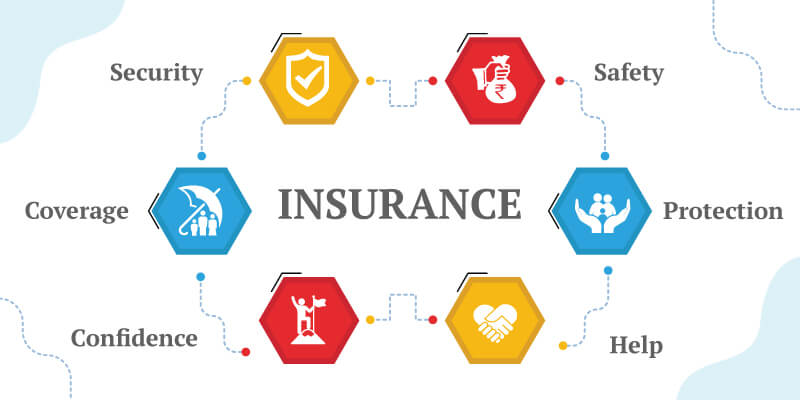Content Attributes
In case you do not know this already. Then let us tell you that the IRS has an offer in compromise (OIC). Also known as a tax settlement program for taxpayers. Whereby they can settle their tax debts for lesser amounts than what they actually owe.
The reality behind this tax settlement program is that very few people tend to get qualified for this opportunity. Since the IRS has a valid reason for rejecting many taxpayers. They can easily afford to pay their tax debts with the assets they own over time or with a proper payment plan. Well, for your assistance we have mentioned some of the basics that will definitely help you as a taxpayer in choosing the right option with the IRS.
Most people file for a certain kind of OIC:
In case you do not know this already then there are three types of OIC’s. And the most common one is offer in compromise, doubt as to Collectibility. This type of OIC is most apt for people who cannot pay their taxes on time and wants to settle for a lesser amount than what they actually owe.
The other two types of OIC’s include; Doubt as to Liability, where taxpayers do not think that they owe the tax in question, and the third type of OIC is the effective tax administration which is reserved for taxpayers who can pay their taxes but under undue hardships.
All Returns Need To Be Filed:
The IRS only accepts the OIC’s of taxpayers who have filed all their past tax returns. In case you are wondering how many returns you need to file. Then the past six years of your tax return are required by the IRS. In case if the taxpayers have lots of unfiled tax returns and debts. Then it is a good idea to wrap all your tax debts into an OIC. Get more to know about Trust Fund Recovery Penalty Here.
Withholding Or Estimated Tax Payments Need To Be Current:
Whenever a taxpayer file an OIC, it is very important for them to prove to the IRS that they have enough withholdings and estimated payments so that they would not have to owe anything on filing their next year’s tax return. Make sure you keep this basic step in mind since without payment compliance the IRS will not accept your offer in compromise.
Taxpayers Have To Be Able To Actually Pay The Offer Amount:
If you qualify for an OIC. The IRS will settle for an amount you owe based on the payment plan of the OIC. One of the methods is known as a lump sum method whereby the taxpayers have to offer their net equity in terms of assets. The other payment option. That the IRS gives is the periodic payment plan whereby the taxpayers have to offer the same net equity of their assets but the time allotted is of 24 months.
So, by the end of this article, we hope we have helped you with the fundamentals of the IRS and their tax settlement programs. In case you need a better idea and more details then it is a good idea to opt for professional help and refer your case to USA’s best tax relief firm.



